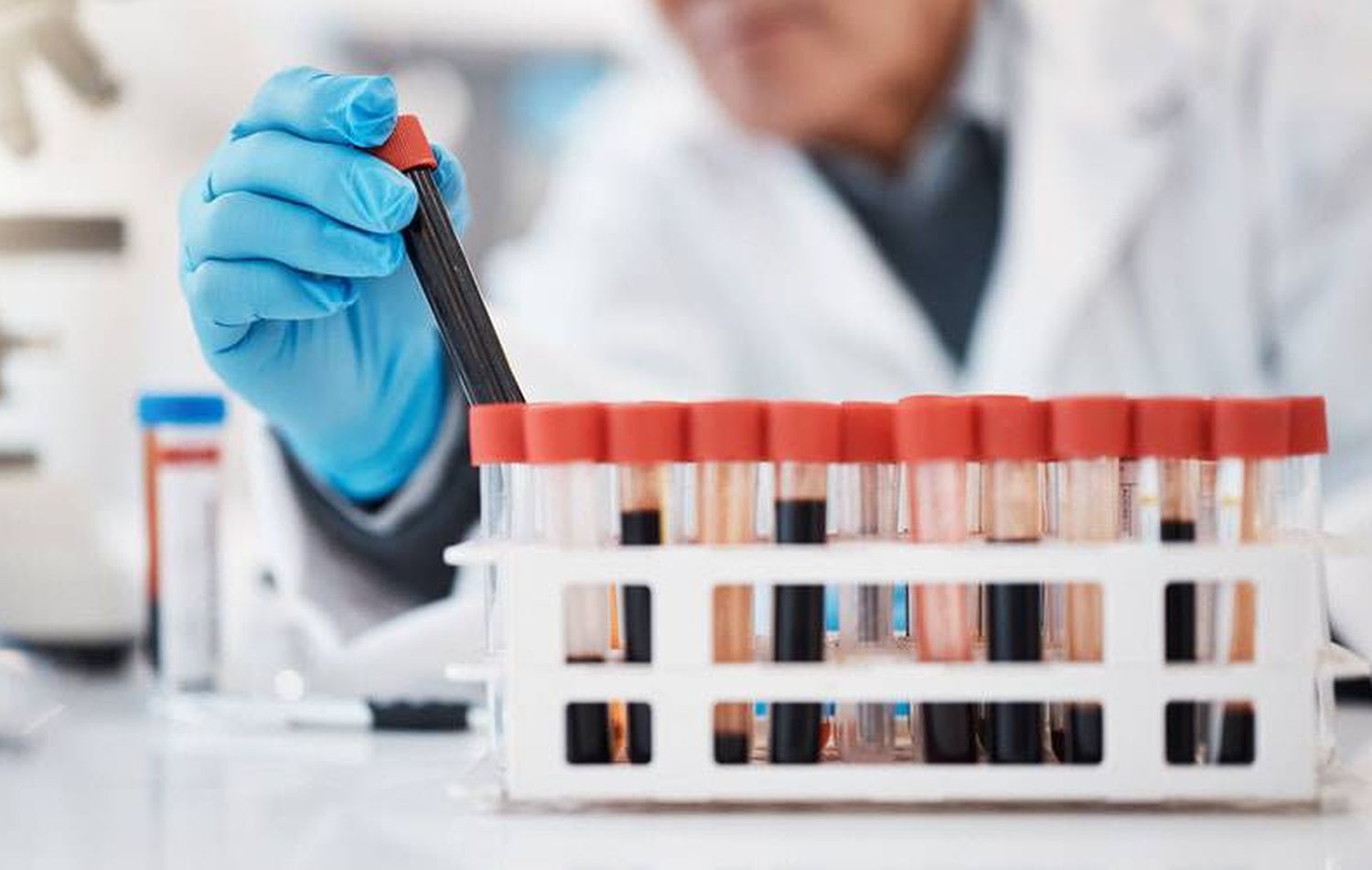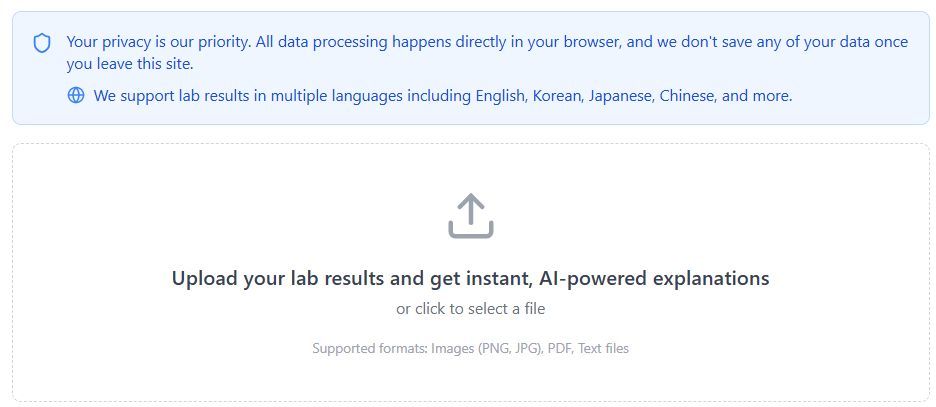Albumin/Globulin Ratio Below 0.8: Low Value Guide

Albumin/Globulin Ratio Below 0.8: Low Value Guide
An Albumin/Globulin ratio below 0.8 functions as a marker for health concerns affecting protein balance, liver function, immune activity, and nutrition.
This guide explains low A/G ratios, their causes, treatment options, and recovery expectations.
If you recently received your results back and need a personalized explanation regarding what they mean, LabAnalyzer can offer a specific breakdown. 
Clinical Significance
The A/G ratio measures the balance between albumin (a liver-produced protein that regulates fluid balance and transports substances) and globulin (a group of proteins involved in immune function, clotting, and inflammation control).
Low Ratio Meaning
An A/G ratio below 0.8 may indicate:
Low albumin levels – Insufficient protein production.
High globulin levels – Increased immune or inflammatory response.
Impaired protein balance – Disruptions in protein synthesis and function.
Liver dysfunction – Reduced ability to produce albumin.
Immune system changes – Overactivity or chronic inflammation.
Increased health risks – May indicate disease progression.
Higher treatment needs – Medical evaluation is required.
Slower recovery potential – May need long-term management.
Medical Implications of a Low A/G Ratio
A significantly low A/G ratio may reflect underlying systemic health issues, including:
Fluid imbalance – Edema or ascites due to low albumin.
Transport disruptions – Decreased ability to carry hormones, vitamins, and drugs.
Chronic immune activation – Persistent infections or autoimmune conditions.
Inflammatory response – Increased globulin levels often correlate with chronic inflammation.
Protein loss – Associated with kidney disease and protein-losing conditions.
Organ function decline – Especially in liver or kidney disease.
Long-term treatment needs – Requires ongoing monitoring and intervention.
Critical Protein Functions
Albumin’s Role in Health
Albumin is essential for:
Maintaining fluid balance – Prevents swelling and edema.
Transporting nutrients and hormones – Supports overall metabolism.
Serving as a protein reserve – Helps in times of illness or malnutrition.
Regulating blood pressure – Through oncotic pressure control.
Removing waste products – Aids detoxification processes.
Supporting healing and tissue repair – Essential for recovery.
Protecting cells and tissues – Reduces oxidative damage.
Globulin’s Role in the Body
Globulin is responsible for:
Regulating immune responses – Produces antibodies.
Controlling inflammation – Helps reduce excessive immune activity.
Transporting key substances – Assists in moving hormones and nutrients.
Supporting blood clotting – Essential for preventing excessive bleeding.
Defending against infections – Plays a role in disease prevention.
Aiding tissue repair – Supports healing processes.
Common Causes of a Low A/G Ratio
Several medical conditions can lead to low albumin and/or high globulin levels, resulting in a low A/G ratio.
Low Albumin Causes
Liver Disease
Chronic hepatitis – Ongoing inflammation affects albumin production.
Cirrhosis – Scarred liver tissue reduces protein synthesis.
Liver failure – Severe dysfunction impacts multiple processes.
Metabolic disorders – Conditions affecting liver enzyme activity.
Kidney Disease
Protein loss in urine (Nephrotic Syndrome) – Damaged kidney filters allow albumin to leak out.
Chronic kidney disease (CKD) – Leads to declining protein retention.
Glomerulonephritis – Inflammation reduces kidney function.
High Globulin Patterns
Chronic Infections
Elevated antibody production – Immune response to infections.
Persistent immune activation – Chronic infections raise globulin levels.
Autoimmune Disorders
Overactive immune system – Attacks healthy tissues, raising globulin.
Chronic inflammation – Associated with conditions like lupus and rheumatoid arthritis.
Treatment Approaches
Managing a low A/G ratio requires addressing its underlying cause, whether liver dysfunction, kidney issues, or immune system disorders.
Liver Care Strategies
Medications – Address liver disease or inflammation.
Dietary changes – Reduce processed foods, alcohol, and excess fat.
Exercise – Supports metabolic function.
Regular monitoring – Liver function tests track progress.
Kidney Support
Protein intake management – Adjust diet to minimize excess loss.
Blood pressure control – Key in preventing kidney deterioration.
Fluid balance regulation – Prevents dehydration and excessive fluid retention.
Ongoing monitoring – Detects early kidney function decline.
Immune System Management
Inflammation control – Medications to reduce overactivity.
Immune modulation therapy – May be necessary for autoimmune conditions.
Lifestyle adjustments – Reduce triggers that increase immune response.
Recovery Guidelines
Healing and improvement depend on the cause of the low A/G ratio and the effectiveness of treatment.
Short-Term Progress (Weeks to Months)
Hydration correction – Helps stabilize albumin levels.
Infection treatment – Resolves temporary immune activation.
Nutritional support – Improves protein balance.
Organ function stabilization – Reduces acute fluctuations.
Long-Term Management (Ongoing)
Regular testing – Ensures stability of albumin and globulin levels.
Treatment modifications – Adjust medications or therapies as needed.
System support – Prevents deterioration through lifestyle management.
Health maintenance strategies – Focuses on reducing risks of chronic disease progression.
Conclusion
An A/G ratio below 0.8 signals significant protein imbalances that require medical evaluation and intervention. Low results may indicate liver disease, kidney dysfunction, or immune system overactivity, all of which require treatment and monitoring.
If your A/G ratio is low, consult your healthcare provider to determine the cause and create a personalized care plan. For a detailed breakdown of your lab results, LabAnalyzer can provide expert insights to help you understand your next steps.